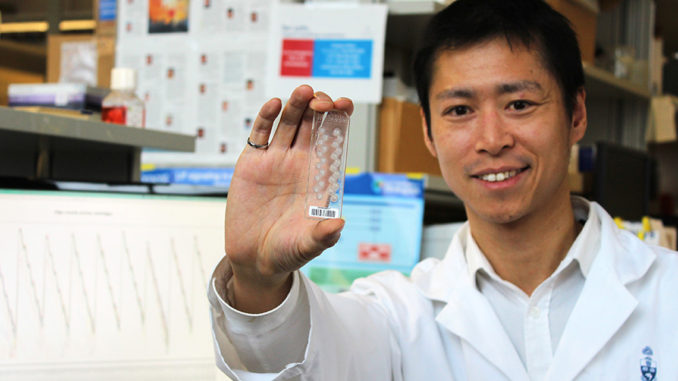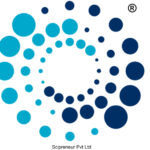
Faster Test for Leukemia Patients By University of Toronto Scientist
This is why I switched fields and returned to academia: I wanted to contribute to the fight against cancer
This is why I switched fields and returned to academia: I wanted to contribute to the fight against cancer
By: University Of Toronto News
A new, rapid gene-expression test could help clinicians determine the best management for patients with acute myeloid leukemia (AML) by making it possible to accurately predict a patient’s response to chemotherapy within one to two days of diagnosis.
Although the standard treatment for AML is intensive chemotherapy, patients vary widely in their response. Currently, it is difficult to predict who will do well with chemotherapy, and who will not benefit and might do better with novel therapies offered by clinical trials.
“AML is an acute condition, and every day counts,” says researcher Stanley W. K. Ng. “For this reason, clinicians usually start treatment right away, without waiting for the test results.”
By contrast, Ng’s test can determine patient risk in just 24 to 48 hours.
Ng, a senior PhD candidate at the Institute of Biomaterials and Biomedical Engineering (IBBME), led the development of the test, which is described in a study published today in Nature.
The test is the result of collaboration between U of T’s Faculty of Applied Science & Engineering, the Faculty of Medicine, the Princess Margaret Cancer Centre in Toronto and leukemia clinics in France, Germany and the Netherlands.
Five years ago, Ng was working in various technical roles in telecommunications and the financial sector, but a major life event altered his path.
“When my uncle died of lymphoma, I saw how my family was affected, and I wanted to help,” he says. “I thought about my training in computer engineering and machine learning, and realized that it could be applied to biomedical research.”
Ng started learning all he could about cancer and stem cells and was accepted into Professor Peter Zandstra’s lab at IBBME. Zandstra, who is also executive director of Medicine by Design, a regenerative medicine and cell therapy hub at U of T, in turn introduced him to his collaborators from Princess Margaret, Dr. Jean Wang and John Dick, a professor of molecular genetics at U of T. They both conduct in-depth studies of leukemia stem cells (LSCs).
LSCs were first identified in AML in 1994 by Dick’s team, and are the cells that initiate and drive disease growth. Unlike the bulk of leukemia cells, LSCs are often resistant to standard chemotherapy and can cause disease recurrence in patients who appear to go into remission.
Dick and Wang used a disease model to produce a list of genes that are more strongly expressed in LSCs. Ng analyzed this data to identify 17 genes whose expression levels can be used to calculate a numerical risk score called LSC17 for each patient. By gathering gene expression and clinical data from more than 900 AML patients treated at Princess Margaret and across Europe, Ng was able to link LSC17 scores with patient outcomes.
Patients with low LSC17 scores responded well to standard chemotherapy and survived longer than those with high scores.
Genetic tests for AML patients are already carried out at clinics to estimate patient risk level, but the results typically take weeks to arrive.
“Right now in the clinic we don’t really have a rapid way to determine upfront who is at higher risk. Our new tool can do this quickly, allowing oncologists to direct those who are unlikely to benefit from standard treatment to clinical trials testing alternative therapies that may be of more benefit.” says Wang.
“This is a great example of how collaborating across disciplines can help develop new solutions to complex problems like AML treatment,” says Zandstra. “By applying machine learning techniques to data from both disease models and clinical outcomes, we were able to gain biologic insights that have a practical benefit for doctors and patients.”
The test is currently being validated at Princess Margaret, with plans to start a clinical trial next year. Ng continues to work closely with both clinicians and researchers to ensure proper translation of the LSC17 score from the lab to the clinic.
“The LSC17 score has the potential to change the way clinicians manage AML,” says Ng. “This is why I switched fields and returned to academia: I wanted to contribute to the fight against cancer.”







Leave a Reply